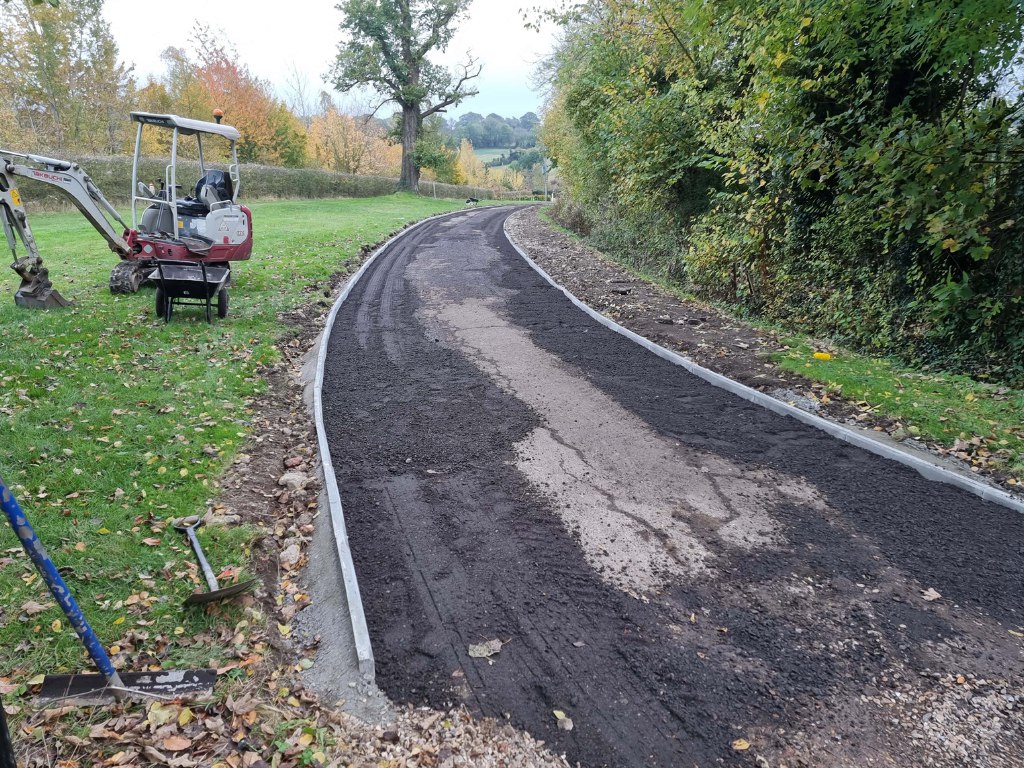The Future of Tarmac: Smart Roads and IoT Integration
Introduction: The world of road construction is transforming, and tarmac, asphalt, and roadways are at the forefront of this change. As we move into an era of connectivity and sustainability, integrating Internet of Things (IoT) technology into tarmac road surfaces is shaping the future of our road infrastructure. In this blog post, we’ll explore the concept of intelligent roads and how IoT integration is revolutionising the tarmac industry.
What Are Smart Roads?
Smart roads, also known as intelligent or connected roads, are equipped with sensors, communication devices, and data collection infrastructure that enable them to interact with vehicles, infrastructure, and pedestrians. These roads are designed to enhance safety, efficiency, and sustainability in various ways.
IoT Integration in Tarmac: Key Advancements
Real-Time Traffic Management: IoT-connected sensors embedded in the tarmac can monitor real-time traffic conditions. This information is transmitted to traffic management centres, enabling officials to make informed decisions regarding traffic flow, signal timing, and road closures, reducing congestion and improving safety.
Smart Traffic Signals: IoT-equipped tarmac can communicate with traffic signals to optimise their timing based on real-time traffic patterns. This reduces intersecting waiting times, decreases idling, and enhances fuel efficiency.
Condition Monitoring: IoT sensors embedded in the tarmac can monitor the condition of the road surface, detecting issues such as cracks, potholes, or wear and tear. This data can trigger timely maintenance, reducing road hazards and minimising repair costs.
Environmental Monitoring: Smart roads can feature environmental sensors that measure air quality, temperature, and weather conditions. This data can alert drivers to adverse weather conditions and help cities manage pollution.
Vehicle Communication: IoT-enabled tarmac can communicate with connected vehicles, providing information about road conditions, traffic, and potential hazards. This enhances driver safety and promotes more efficient transportation.
Sustainable Infrastructure: IoT integration can contribute to sustainable road infrastructure by optimising energy use for lighting, reducing waste through predictive maintenance, and implementing electric vehicle charging infrastructure.
Benefits of Smart Tarmac and IoT Integration
Enhanced Safety: Smart roads can reduce accidents through real-time vehicle monitoring and communication.
Reduced Congestion: Real-time traffic management and optimised signals alleviate traffic congestion.
Lower Maintenance Costs: Early road damage detection minimises repair costs and extends road lifespan.
Environmental Benefits: Smart roads contribute to reduced emissions and improved air quality.
Improved Efficiency: Smart traffic signals and vehicle communication reduce travel times and fuel consumption.
Challenges and Considerations
While the future of tarmac and smart roads holds immense promise, challenges include data privacy, cybersecurity, and the cost of infrastructure upgrades. However, as technology advances and the benefits become more apparent, these challenges will likely be overcome.
Conclusion: The future of tarmac lies in its integration with IoT technology to create smart roads. These roads have the potential to revolutionise transportation by enhancing safety, reducing congestion, lowering maintenance costs, and contributing to a more sustainable future. At Tunbridge Wells Driveways, we embrace the evolution of road construction. We are committed to providing innovative, high-quality tarmac surfaces that meet the demands of this exciting new era in road infrastructure.
Call us on: 01892 578 896
Click here to find out more about Tunbridge Wells Driveways
Click here to complete our contact form and see how we can help with your driveway needs.

